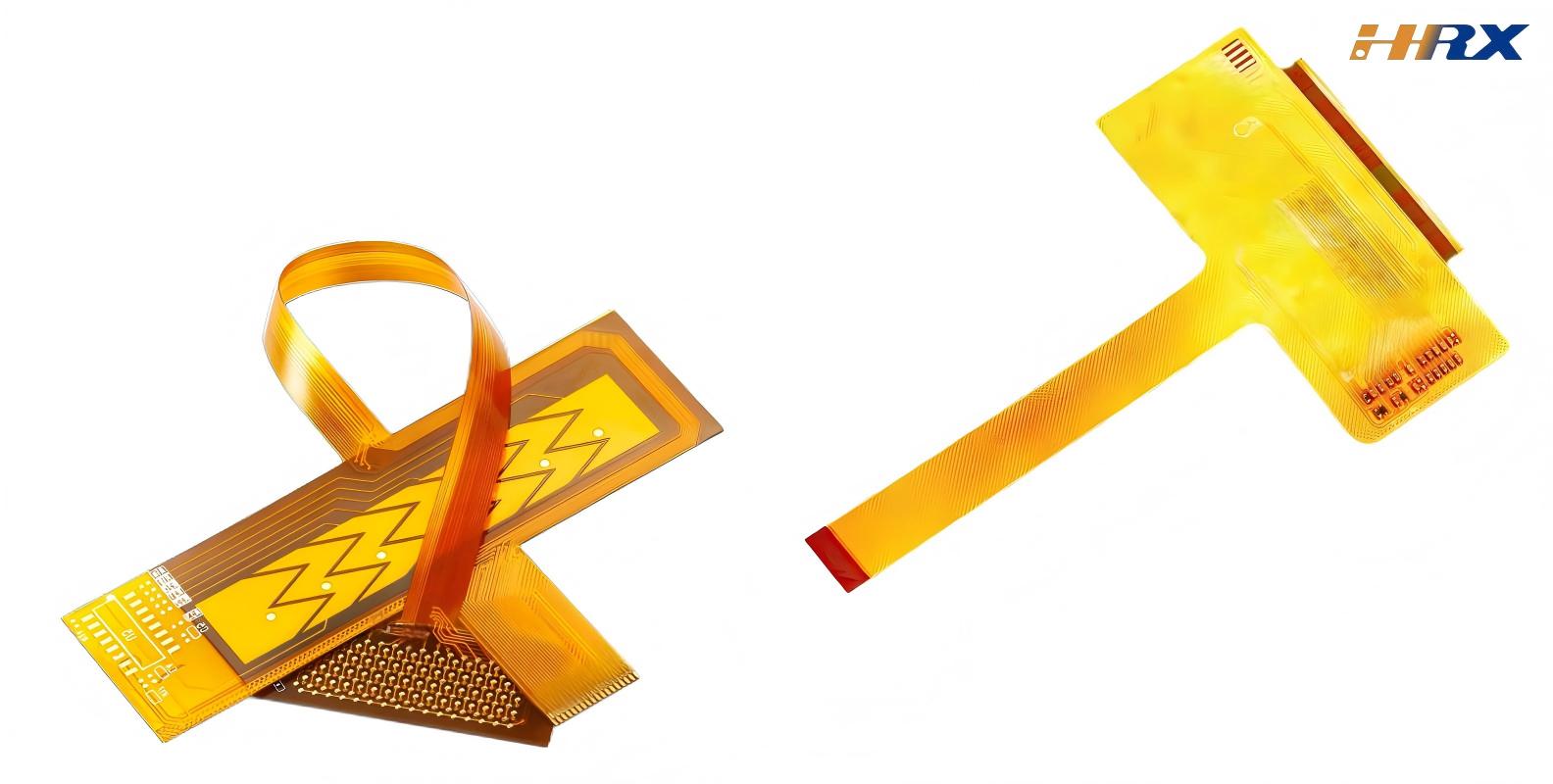Search
Key Considerations in Battery FPC Production and Future Trends
- May 07,2025
-
Share
In the dynamic landscape of modern electronics, Flexible Printed Circuits (FPCs) have emerged as a linchpin in battery - powered systems, facilitating seamless connectivity and efficient power management. Shenzhen Huaruixin Electronics Co., Ltd., a distinguished global ODM/OEM manufacturer specializing in FPC, PCB, and Rigid - Flex Printed Boards, brings unparalleled expertise to the forefront of battery FPC production. With a state - of - the - art manufacturing facility and a team of seasoned professionals, we are committed to delivering high - quality solutions tailored to the unique requirements of diverse industries.
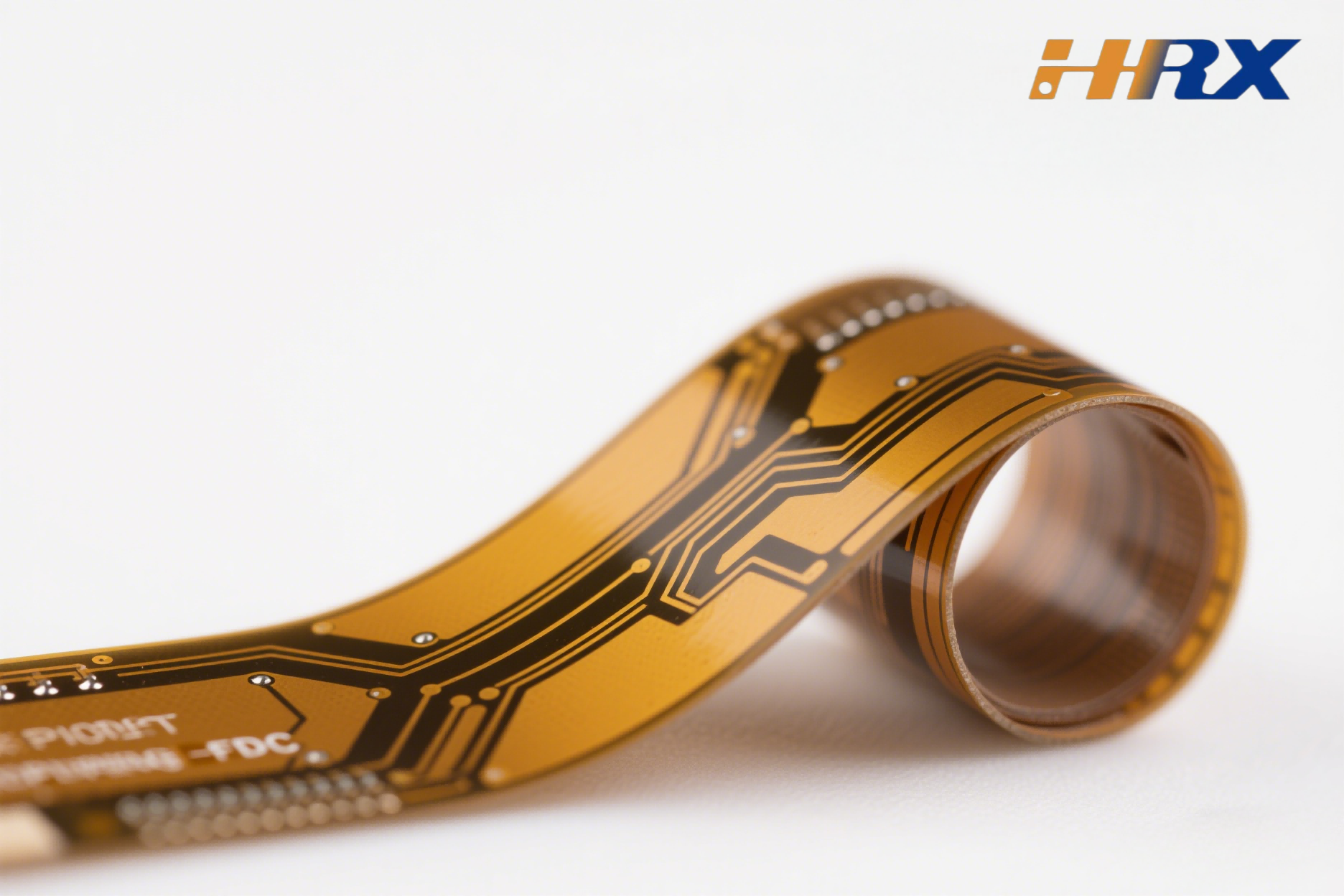
Critical Considerations in Battery FPC Production
Design Phase
Material Selection
The foundation of a high - performance battery FPC lies in the meticulous selection of materials. Polyimide (PI), renowned for its exceptional thermal stability, chemical resistance, and mechanical flexibility, is the preferred substrate material for most battery FPC applications. The choice of copper foil for the conductor layer is equally crucial, as it directly impacts the electrical conductivity and current - carrying capacity of the FPC. High - purity electrolytic copper foils with a thickness ranging from 18 - 35 μm are commonly used to ensure optimal performance. Additionally, the selection of adhesive films and coverlays plays a vital role in enhancing the durability and reliability of the FPC.
Trace Design
Precision in trace design is essential for ensuring the functionality and reliability of battery FPCs. The width and spacing of traces must be carefully calculated based on the current requirements and voltage levels of the battery system. Narrower traces can reduce the overall size of the FPC but may increase resistance and heat generation. To mitigate these risks, it is recommended to maintain a minimum trace width of 0.15 mm and a spacing of 0.127 mm for high - current applications. Furthermore, the layout of the FPC should be optimized to minimize electromagnetic interference (EMI) and ensure proper signal integrity.
Flexibility Requirements
Battery FPCs often need to withstand repeated bending and flexing during operation, making flexibility a key design consideration. The bend radius of the FPC must be carefully determined based on the application requirements and the materials used. A smaller bend radius can increase the flexibility of the FPC but may also reduce its lifespan. To ensure long - term reliability, it is recommended to maintain a minimum bend radius of 5 times the thickness of the FPC. Additionally, the use of flexible adhesives and coverlays can help to improve the flexibility and durability of the FPC.
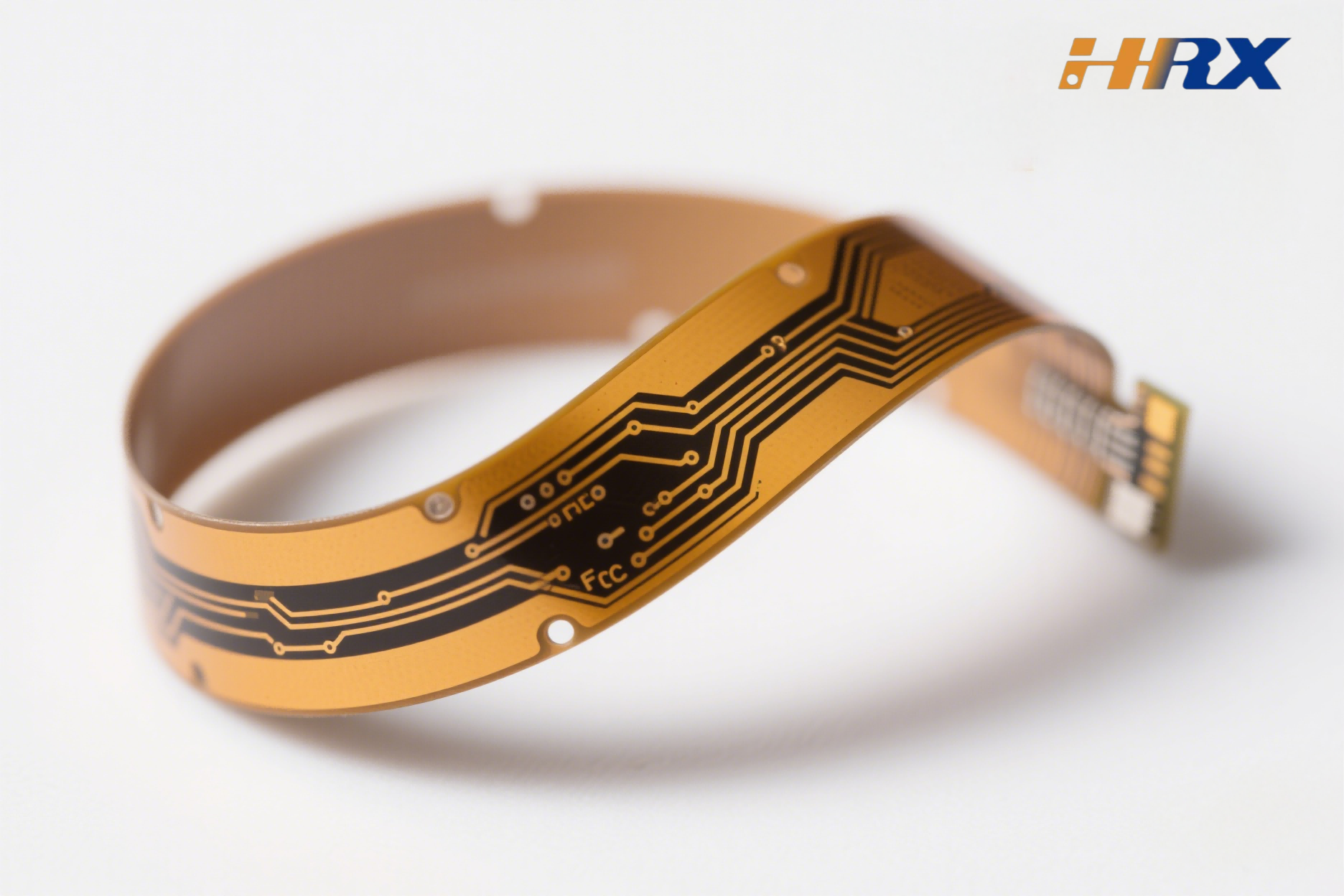
Manufacturing Process
Photolithography and Etching
Photolithography and etching are critical processes in the manufacturing of battery FPCs. Photolithography involves the transfer of a circuit pattern onto the copper foil using a photoresist. The quality of the photolithography process directly impacts the accuracy and precision of the circuit pattern. Etching, on the other hand, involves the removal of the unwanted copper foil using a chemical solution. The etching process must be carefully controlled to ensure consistent line width and spacing. Advanced etching techniques, such as spray etching and electro - chemical etching, are often used to achieve high - precision results.
Lamination and Bonding
Lamination and bonding are essential processes for assembling the various layers of the FPC. Lamination involves the bonding of the copper foil to the PI substrate using heat and pressure. The lamination process must be carefully controlled to ensure proper adhesion and prevent delamination. Bonding, on the other hand, involves the attachment of the coverlay and other components to the FPC using adhesives. The choice of adhesive is critical, as it directly impacts the reliability and durability of the FPC. High - performance adhesives with excellent thermal and chemical resistance are recommended for battery FPC applications.
Drilling and Plating
Drilling and plating are key processes for creating vias and electrical connections in battery FPCs. Drilling involves the creation of holes in the FPC using a drill bit. The drilling process must be carefully controlled to ensure consistent hole size and position. Plating, on the other hand, involves the deposition of a layer of metal, such as copper or nickel, onto the surface of the FPC. The plating process must be carefully controlled to ensure proper adhesion and electrical conductivity. Advanced plating techniques, such as electroless plating and electroplating, are often used to achieve high - quality results.
Quality Control
Visual Inspection
Visual inspection is the first line of defense in ensuring the quality of battery FPCs. Trained inspectors carefully examine the FPCs for any visible defects, such as scratches, cracks, or delamination. The inspection process also includes checking the alignment of the circuit pattern and the presence of any foreign objects. Any defects found during visual inspection are immediately rejected, and the FPCs are either repaired or discarded.
Electrical Testing
Electrical testing is a critical step in ensuring the functionality and reliability of battery FPCs. Automated test equipment (ATE) is used to perform a variety of electrical tests, such as continuity testing, insulation resistance testing, and impedance testing. These tests are designed to detect any electrical defects, such as open circuits, short circuits, or high resistance. Any FPCs that fail the electrical tests are immediately rejected, and the root cause of the failure is identified and addressed.
Environmental Testing
Environmental testing is essential for ensuring the durability and reliability of battery FPCs in real - world applications. The FPCs are subjected to a variety of environmental tests, such as temperature cycling, humidity testing, and vibration testing. These tests are designed to simulate the harsh operating conditions that the FPCs may encounter in the field. Any FPCs that fail the environmental tests are immediately rejected, and the design and manufacturing processes are modified to improve the performance of the FPCs.
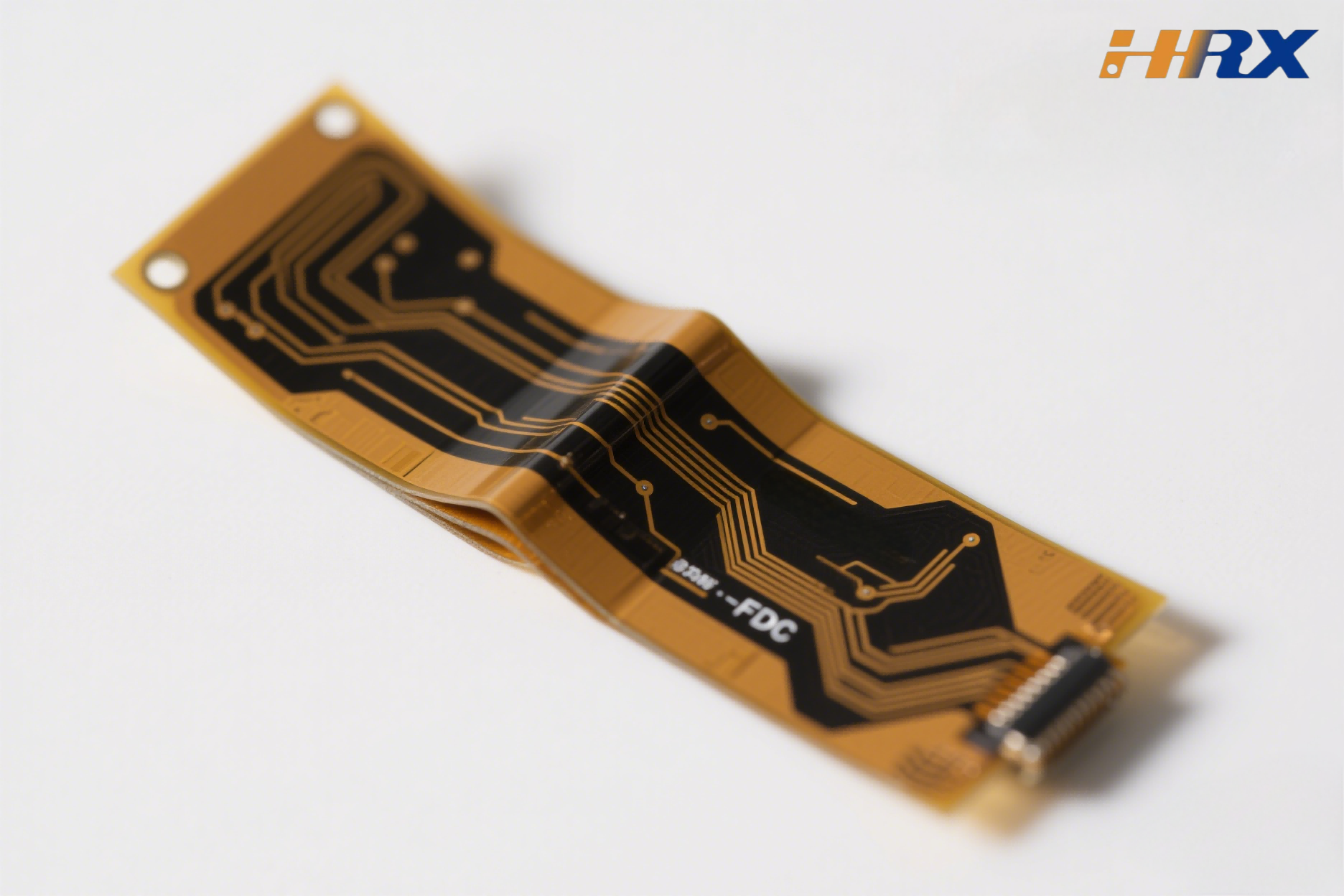
Future Trends in Battery FPCs
Miniaturization and High - Density Integration
As the demand for smaller and more powerful battery - powered devices continues to grow, the trend towards miniaturization and high - density integration in battery FPCs is expected to accelerate. Manufacturers are constantly exploring new materials, processes, and designs to reduce the size and weight of FPCs while increasing their functionality and performance. Advanced manufacturing techniques, such as laser direct imaging (LDI) and micro - via technology, are being used to achieve higher levels of integration and precision in FPC design.
Flexible Electronics and Wearable Devices
The rapid growth of the wearable device market is driving the demand for flexible electronics, including battery FPCs. Wearable devices require FPCs that are thin, flexible, and lightweight, while also being able to withstand repeated bending and flexing. Manufacturers are developing new materials and processes to meet these requirements, such as stretchable conductors and self - healing polymers. Additionally, the integration of sensors, actuators, and other components into FPCs is opening up new opportunities for the development of innovative wearable devices.
Electric Vehicles and Energy Storage Systems
The increasing adoption of electric vehicles (EVs) and energy storage systems (ESSs) is creating a growing demand for high - performance battery FPCs. EVs and ESSs require FPCs that are capable of handling high currents and voltages, while also being able to withstand harsh operating conditions. Manufacturers are developing new materials and designs to meet these requirements, such as high - temperature - resistant polymers and multi - layer FPCs. Additionally, the integration of battery management systems (BMS) into FPCs is improving the performance and safety of EVs and ESSs.
Internet of Things (IoT) and Smart Devices
The proliferation of the Internet of Things (IoT) and smart devices is driving the demand for battery FPCs with advanced connectivity and communication capabilities. IoT devices require FPCs that are able to support wireless communication protocols, such as Bluetooth, Wi - Fi, and ZigBee, while also being able to interface with other components, such as sensors and microcontrollers. Manufacturers are developing new materials and designs to meet these requirements, such as flexible printed circuit boards with embedded antennas and high - speed interconnects.
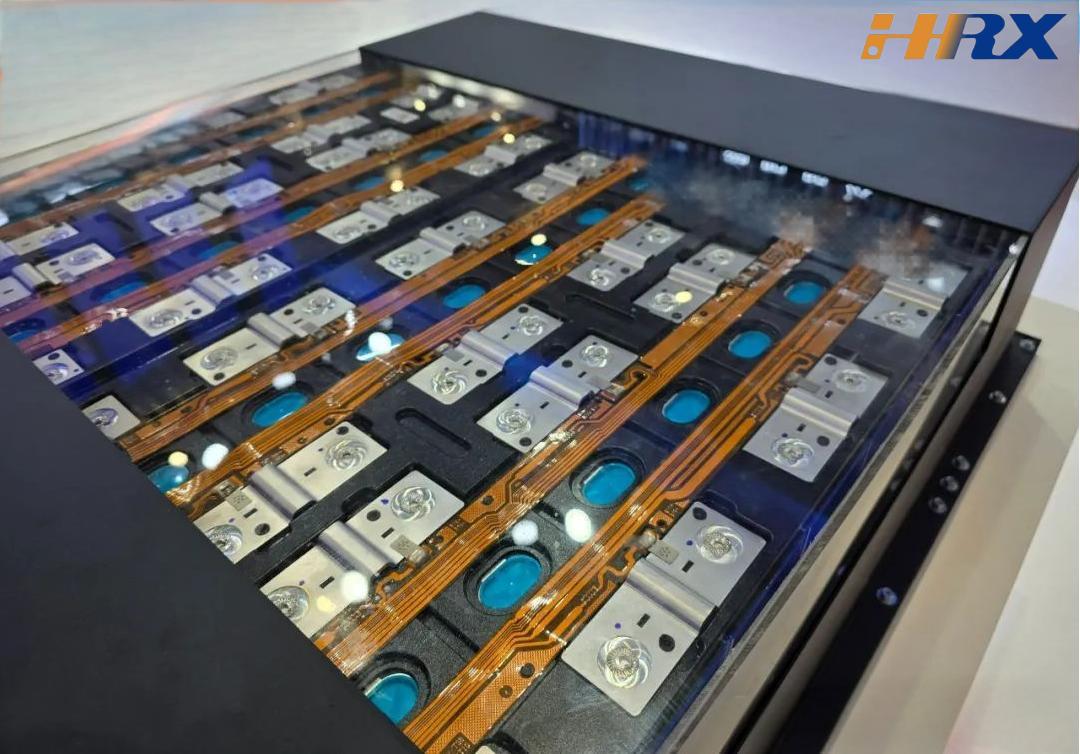
The production of battery FPCs is a complex and challenging process that requires a deep understanding of materials science, electrical engineering, and manufacturing technology. At Shenzhen Huaruixin Electronics Co., Ltd., we have the expertise, experience, and resources to deliver high - quality battery FPCs that meet the most demanding requirements of our customers. Whether you are looking for a standard FPC or a custom - designed solution, we are here to help. Contact us today to learn more about our products and services, or visit our website at www.hrxfpc.com to explore our portfolio of FPC solutions. You can also reach out to us via email at sales@hrxfpc.com for any inquiries or to request a quote. We look forward to hearing from you and working with you to bring your innovative ideas to life.

Let’s talk! We’ll provide the perfect solution for you!
-
 Huaruixin Electronics mainly produces printed circuit boards as the core business, to provide customers with one-stop solutions for FPC/PCB production, components sourcing and Assembly.
Huaruixin Electronics mainly produces printed circuit boards as the core business, to provide customers with one-stop solutions for FPC/PCB production, components sourcing and Assembly. - WHAT WE DO — PCB Design Solutions — Flex PCB Production — Components Sourcing — FPC&PCB Assembly
- PRODUCTS — Single Sided Flexible Circuits — Double Sided Flexible Circuits — Multilayer Flexible Cirucits — Rigid-Flex Circuits — FPC Assembly — PCB Assembly
- CAPABILITY — FPC Capability — Rigid-Flex Capability — PCB Capability — Assembly Capability
- Copyright © 2024 Shenzhen Huaruixin Electronics Co., Ltd. All Rights Reserved.
- Design By BONTOP


